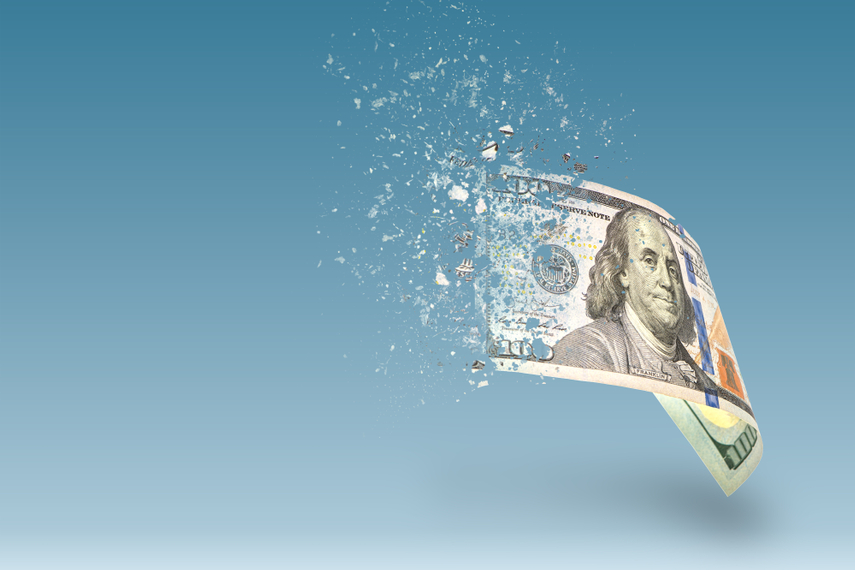
Please sign in or register
Existing users sign in here
Having trouble signing in?
Contact Customer Support at
[email protected]
or call+852 3175 1913
Creator journalists and UGC are starting to draw more attention from advertisers wary of potentially distressing content on news brands.

Contact Customer Support at
[email protected]
or call+852 3175 1913
Top news, insights and analysis every weekday
Sign up for Campaign Bulletins
Asia-Pacific wins its first 16 Lions in Pharma, Health & Wellness, Audio & Radio and Outdoor ahead of the full winner list.
Omnicom is set to fully acquire Clemenger Group and launch a new Oceania management structure, with ex-executive Nick Garrett tipped to lead.
These brands saw jumps in advertising awareness in Australia in May onYouGov's BrandIndex, led by Budget Direct and its 'Balloons' campaign.
OMD APAC kept competitors on their toes with major account wins, standout campaigns, and a clean sweep of top industry awards. But with the incoming complexities of the Omnicom-IPG merger, questions remain about its next phase of growth—and how integration could reshape its market edge.